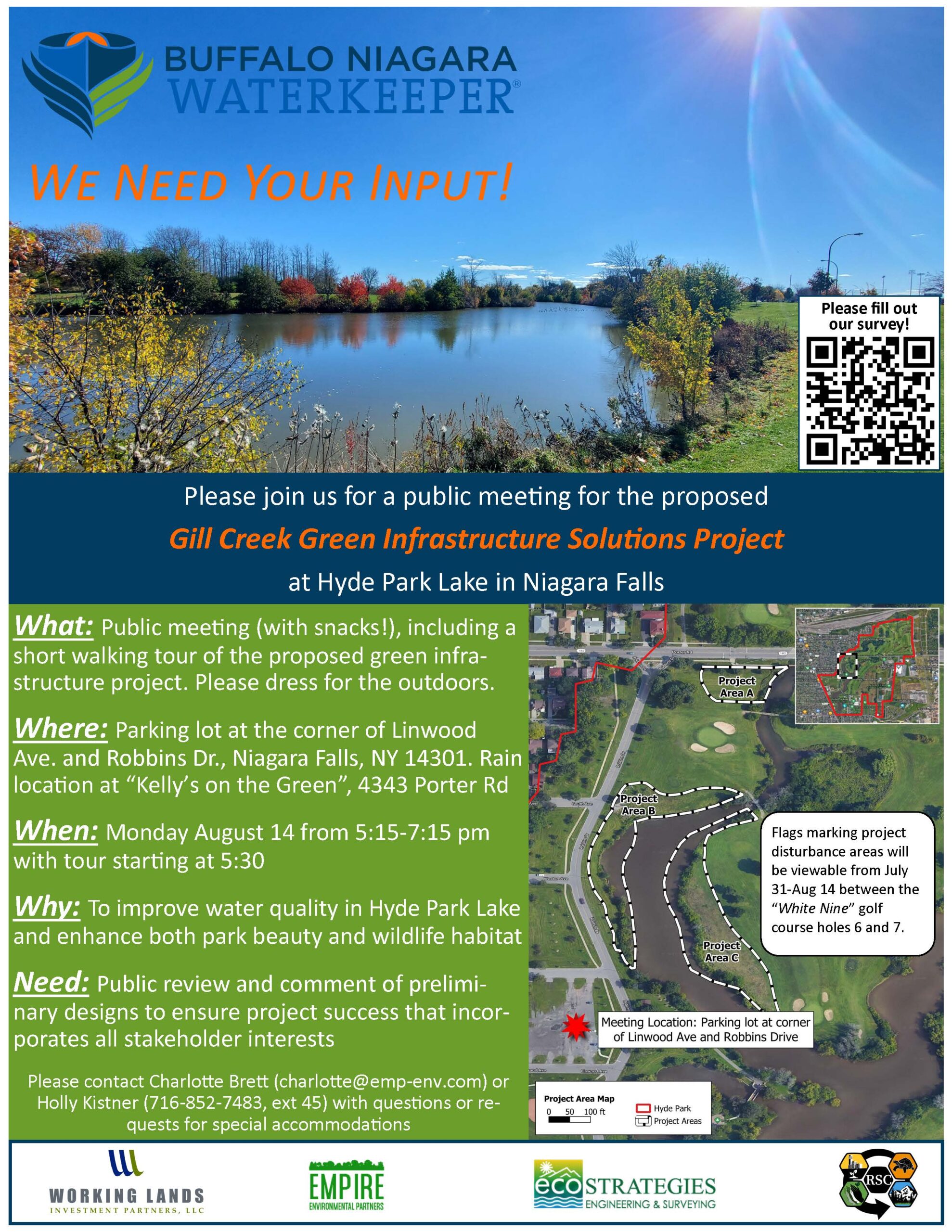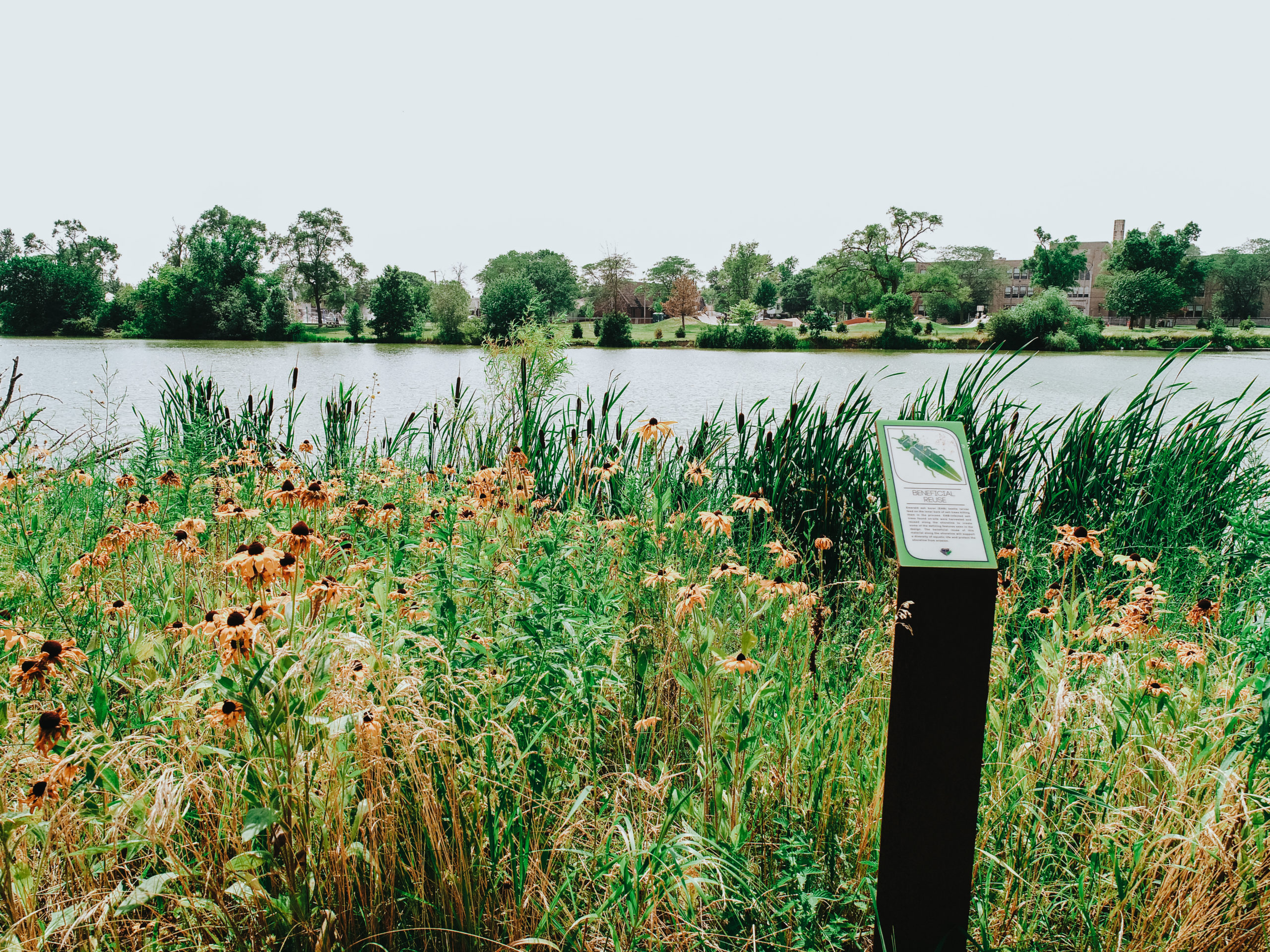Buffalo Niagara Waterkeeper will host a public meeting for the proposed Gill Creek Green Infrastructure Solutions Project at Hyde Park Lake in Niagara Falls. There will be a short walking tour of the area along with a chance to comment on the plans.
This public meeting is Monday, Aug. 14 from 5:15 to 7:15 p.m. The meeting location is in the parking lot at the corner of Linwood Avenue and Robbins Drive in Niagara Falls. A rain location will be Kelly’s on the Green, 4343 Porter Road.

The purpose of the meeting is to provide a tour and overview of the project and gain public comments for the designs. The goal is to have a public review of the work to ensure the project’s success while incorporating all stakeholder interests.
For the walking tour, please dress for the outdoors. Snacks will be provided.
Buffalo Niagara Waterkeeper has received funding from the Environmental Protection Agency (EPA) Great Lakes Restoration Initiative (GLRI) for a green infrastructure project that is designed to improve habitat and reduce the amount of unfiltered stormwater flowing into Gill Creek. The Project is located within Hyde Park in the City of Niagara Falls, Niagara County, New York.
The Project Site is an area along Gill Creek that contributes a significant amount of unfiltered stormwater runoff flowing from two outfalls and the public Hyde Park Golf Course into Gill Creek. These locations are where Harmful Algal Blooms (HABs) have been documented and are at the upstream end of Hyde Park Lake. An algal bloom is harmful when the algae or cyanobacteria produce toxins that can adversely impact humans, wildlife, or domestic animals. A project at this location is intended to be more meaningful because, by addressing upstream sources of pollution, the positive impacts will also be felt downstream.
The primary goal of the Project is to apply “green infrastructure” practices throughout the area, restore the shoreline, and intercept untreated stormwater runoff that currently flows into Gill Creek and Hyde Park Lake. Green infrastructure mimics natural hydrological processes and uses natural elements such as soil and plants to filter rainfall and increase water quality while providing other environmental, economic, and health benefits. The project kicked off in 2022 and will be completed by 2025.



